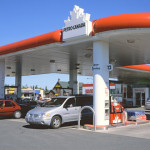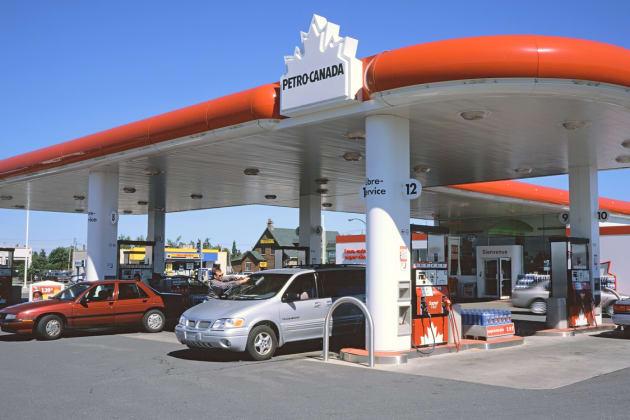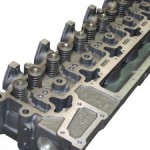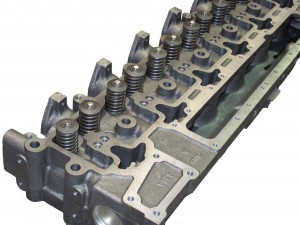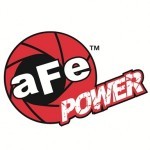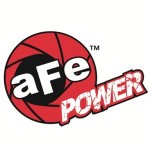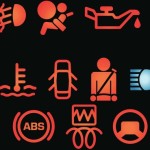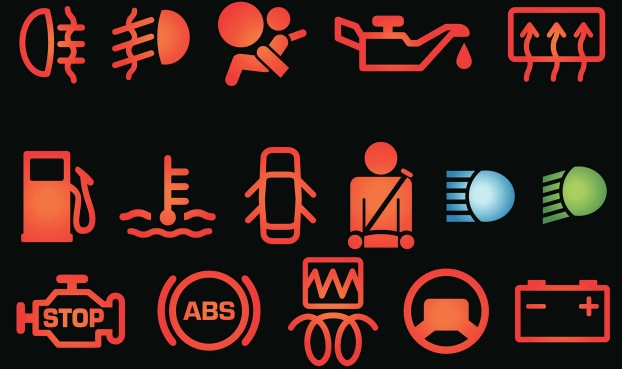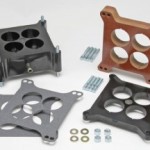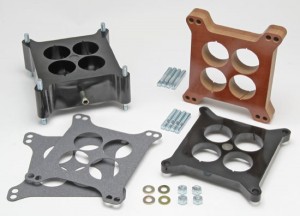Nile Cornelison, Jim Cozzie, John Menzler and Fred Offenhauser will receive the industry’s highest honor and be inducted into the SEMA Hall of Fame—an elite group of leaders who shaped and inspired the $31 billion automotive specialty-equipment market.
The new members will be recognized as part of the festivities during the SEMA Installation Gala, Friday, July 18, 2014, at the Sheraton Fairplex Hotel & Conference Center in Pomona, California. Those attending the banquet will hear how the four newest Hall of Fame members contributed to the industry and the association that began 50 years ago. The inductees include one of the association’s founding members, along with three former SEMA Person of the Year winners.
Nile Cornelison: Having been involved in the industry as a machinist, racer, retail store owner and warehouse distributor (WD), Cornelison’s diverse background—coupled with his passion and innovativeness—made him uniquely qualified to lead the industry in what was unchartered territory. In 1982, the industry veteran founded Direct Connections Inc., now better known as DCi, bridging the communications gap between the jobber/retailer, WD, manufacturer and consumer. Later he introduced the industry’s first dealer locator service via telephony, paving the way for electronic cataloging and revolutionizing how the industry does business today.
Jim Cozzie: Cozzie served as SEMA chairman of the board in 2008–2009, a period that many describe as one of the industry’s most challenging economic times. The 2004 SEMA Person of the Year winner used his foresight and knowledge to help SEMA do more than simply persevere through the recession. During this time, the association developed its strategic focus on vehicle technology and expanded efforts to help U.S. manufacturers find opportunities in overseas markets. As a key executive at RTM Productions and Brenton Products, Cozzie continues to amplify the industry’s message through the programs they produce.
John Menzler: Described as a person who loves the work but hates the awards, Menzler dedicated his life to his job and the industry. He was among SEMA’s most active and passionate volunteers, having been involved on several SEMA councils and committees, including charity projects to aid abused and chronically ill children. Menzler was instrumental in establishing a number of valuable SEMA programs, including the SEMA Hot Rod Industry Alliance (HRIA) Education Day. He passed away in 2013 at the age of 67. During his prolonged battle with cancer, Menzler continued to inspire and encourage industry colleagues, family and friends. Inspirational thoughts and motivational messages that he called “Mornings With Menzler” were sent out regularly—often from his hospital bed. Such actions were typical of the man who was named 2011 SEMA Person of the Year and 2010 SEMA Mentor of the Year.
Fred C. Offenhauser: Offenhauser began his career in the industry in the ’30s when he went to work for his uncle, who bears the same name—Fred H. Offenhauser. In 1944, Fred C. was inspired to start his own company and launched Offenhauser Sales Corp. He began making aluminum intake manifolds, which were sold in every speed shop and distributed by most major distributors over the years. The mass distribution made it possible for thousands of racers to modify their engines and increase performance in ways that were not available elsewhere.
Fred C. was among the original charter members when SEMA was founded in 1963. Although the innovator passed away in 1992, his company continues to manufacture and sell intake manifolds and operates out of the same building that the company has resided in since the mid-’50s.
The SEMA Hall of Fame’s four newest members join 143 previously inducted industry icons and innovators who have already been enshrined in the SEMA Hall of Fame. For more information about the SEMA Hall of Fame, visit www.sema.org/hof.
The post SEMA Hall of Fame Gets Four New Members appeared first on Engine Builder Magazine.
Read more here: Engine Builder Magazine

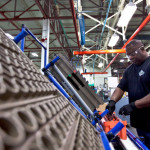
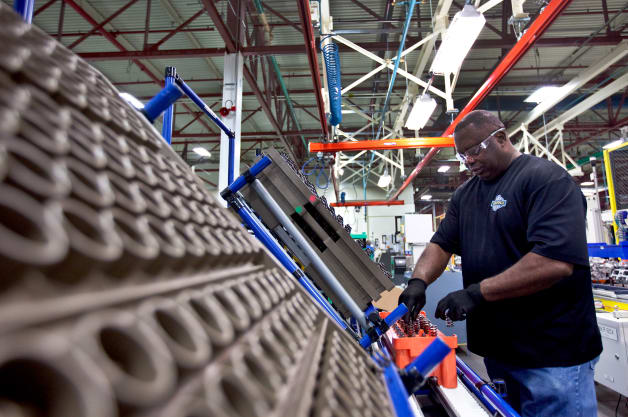
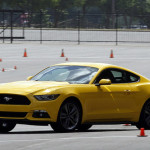
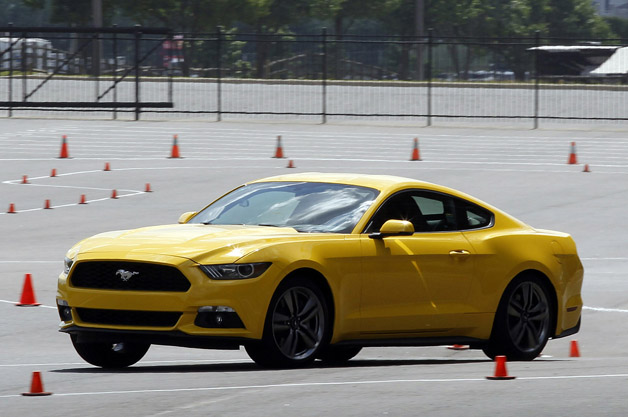

![Are you a new Ford Mustang SVO? [w/video] by Authcom, Nova Scotia\s Internet and Computing Solutions Provider in Kentville, Annapolis Valley 001 ford mustang svo spy shots 628opt Are you a new Ford Mustang SVO? [w/video] by Authcom, Nova Scotia\s Internet and Computing Solutions Provider in Kentville, Annapolis Valley](https://o.aolcdn.com/hss/storage/midas/2b136d5c176ed34d21d2c1687d8e366f/200128011/001-ford-mustang-svo-spy-shots_628opt.jpg)
